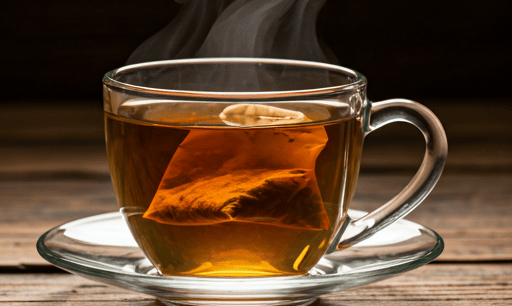Vitamin C Fortified Tea: Innovation by Lipton Tea
BEVERAGES


In an era where consumers are actively seeking health-boosting food and beverage options, Lipton (formerly Ekaterra) introduces an innovative solution to deliver the benefits of vitamin C through tea. Their patent application outlines a novel approach to fortifying tea with vitamin C using polysaccharide binders, addressing long-standing challenges in the beverage industry.
The Need for Fortified Beverages
Tea, one of the most widely consumed beverages globally, has long been associated with health benefits due to its rich polyphenol content. Recently, herbal infusions—often referred to as herbal teas—have gained popularity for their natural antioxidants and essential nutrients. Vitamin C, an essential nutrient for immunity, tissue repair, and antioxidant support, is a logical addition to tea products.
However, the conventional method of fortifying tea with vitamin C—by physically mixing vitamin C granules—has significant drawbacks. These include poor shelf-life stability, inconsistent vitamin C delivery, and an undesirable impact on tea leaf appearance.
Ekaterra’s Solution
The patent pending method involves coating tea leaves with vitamin C using a precise combination of polysaccharides. This approach ensures:
Enhanced Stability: The vitamin C remains stable during storage.
Consistent Delivery: The fortified tea provides an optimal amount of vitamin C in each brewed cup.
Aesthetic Quality: The visual appeal of the tea leaves is preserved.
The Composition
Ekaterra’s fortified tea comprises:
Vitamin C: Preferably in the form of L-ascorbic acid, providing 0.5% to 40% of the composition.
First Polysaccharide (Maltodextrin): A flavorless binder derived from starch, which enhances the coating process.
Second Polysaccharide (Gum Arabic or Xanthan Gum): A stabilizer and thickener widely used in the food industry.
Tea Leaves or Herbal Infusions: These may include black tea, green tea, oolong tea, white tea, or herbal varieties like chamomile and rooibos.
The innovation lies in the specific mass ratio of the polysaccharides (2:1 to 1:2), which is critical for achieving the desired properties.
The Preparation Process
The patented process involves three key steps:
Preparing the Coating Solution: Vitamin C, maltodextrin, and gum arabic/xanthan gum are mixed with water.
Application to Tea Leaves: The solution is applied to the tea leaves and mixed for 1 to 30 minutes.
Drying: The coated tea is dried at 90–160°C for 2–60 minutes, ensuring the stability and adherence of the vitamin C.
Implications for the Beverage Industry
By integrating vitamin C directly into tea leaves using natural polysaccharides, Lipton offers a more efficient and appealing way to enhance consumer health. The product addresses modern demands for functional foods without compromising the traditional tea-drinking experience. The technique could be adapted for other nutrients, offering endless possibilities for health-conscious consumers.
